The medical breakthrough will have to wait a bit longer.



The idea of growing functioning human brain-like tissues in a dish has always sounded far-fetched, even to researchers in the field. Towards the future goal, a Japanese and French research team has developed a technique for connecting lab-grown brain-mimicking tissue in a way that resembles circuits in our brain.
The work appears in Nature Communications.
It is challenging to study exact mechanisms of the brain development and functions. Animal studies are limited by differences between species in brain structure and function, and brain cells grown in the lab tend to lack the characteristic connections of cells in the human brain. What’s more, researchers are increasingly realizing that these interregional connections, and the circuits that they create, are important for many of the brain functions that define us as humans.
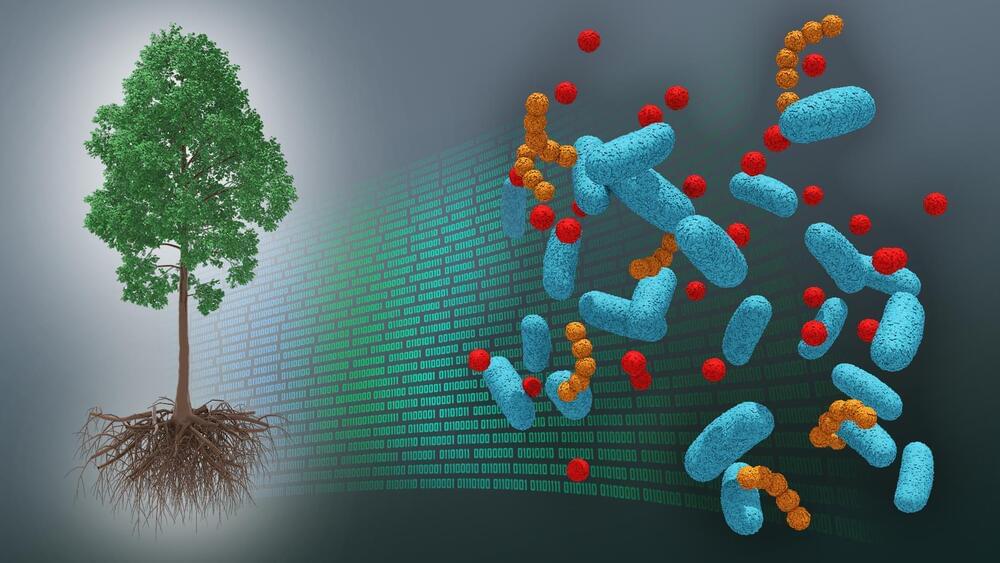
A first-ever dataset bridging molecular information about the poplar tree microbiome to ecosystem-level processes has been released by a team of Department of Energy scientists led by Oak Ridge National Laboratory. The project aims to inform research regarding how natural systems function, their vulnerability to a changing climate, and ultimately how plants might be engineered for better performance as sources of bioenergy and natural carbon storage.
The data, described in Nature Publishing Group’s Scientific Data, provides in-depth information on 27 genetically distinct variants, or genotypes, of Populus trichocarpa, a poplar tree of interest as a bioenergy crop. The genotypes are among those that the ORNL-led Center for Bioenergy Innovation previously included in a genome-wide association study linking genetic variations to the trees’ physical traits. ORNL researchers collected leaf, soil and root samples from poplar fields in two regions of Oregon — one in a wetter area subject to flooding and the other drier and susceptible to drought.
Details in the newly integrated dataset range from the trees’ genetic makeup and gene expression to the chemistry of the soil environment, analysis of the microbes that live on and around the trees and compounds the plants and microbes produce.
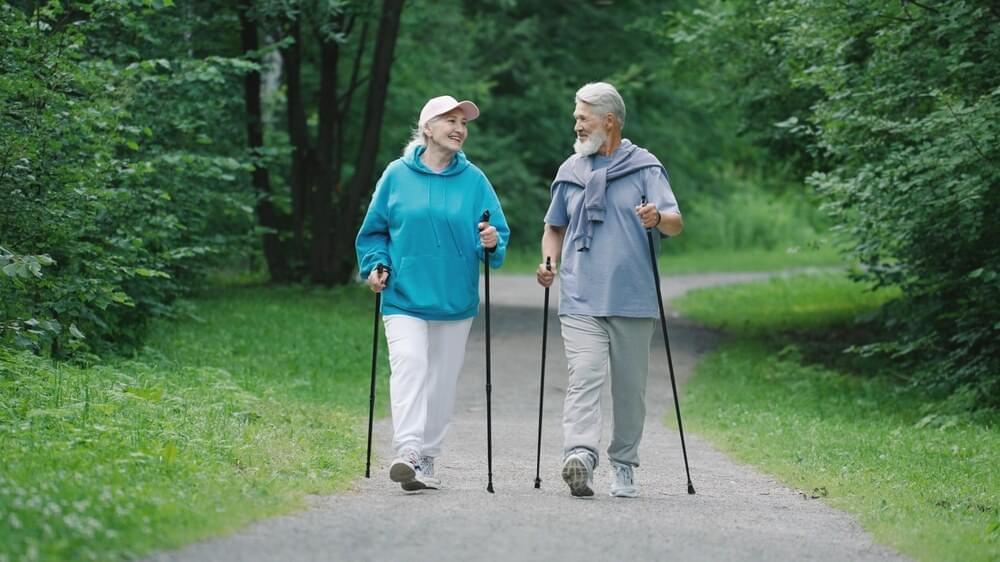
🚶♂️🧠💪
In a recent study published in the journal Scientific Reports, researchers explored how changes in daily step counts and variability affect cognitive function in older adults during a 10-week physical activity intervention.
Study: Association between changes in habitual stepping activity and cognition in older adults. Image Credit: SibRapid / Shutterstock.
Background
Aging often leads to cognitive decline, particularly in executive functions and inhibitory control, which are early indicators of conditions like Alzheimer’s disease. Engaging in regular physical activity can reduce or even reverse these declines in older adults. As the population ages, identifying strategies to preserve cognitive function becomes crucial. While structured exercise in controlled settings has been linked to cognitive health, the effects of habitual, daily physical activity on cognition remain underexplored. Further research is needed to clarify the mechanisms linking physical activity patterns to cognitive improvements and to establish customized intervention strategies for diverse aging populations.


For many of these individuals, the response to repotrectinib lasted for several years.
“Repotrectinib can lead to long-term responses for patients with ROS1 fusion–positive lung cancers, including those who have and have not received prior targeted therapy,” said Alexander Drilon, M.D., of Memorial Sloan Kettering Cancer Center, who led the TRIDENT-1 study.
Treatment with repotrectinib also shrank tumors that had spread to the brain, a common location for lung metastases, the researchers reported.

Researchers at Tel Aviv University (TAU) and the Leviev Cardiothoracic and Vascular Center at the Sheba Medical Center have found a mechanism responsible for increasing the risk of developing cancer among patients with heart disease: Small extracellular bubbles, or vesicles (sEVs), secreted from the sick heart to heal itself, are released into the bloodstream and promote the growth of cancer cells throughout the body.
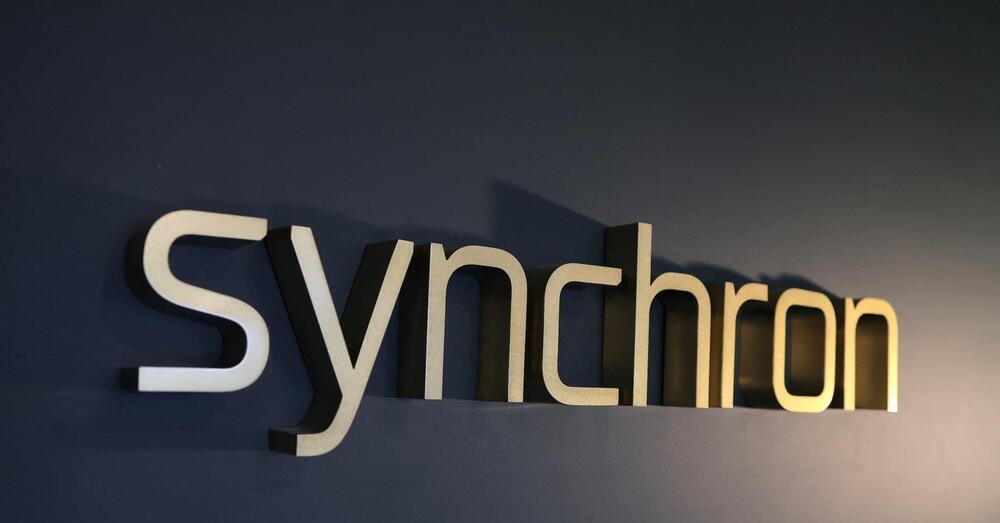
Synchron on Monday plans to launch an online…
WASHINGTON, April 8 (Reuters) — Synchron Inc, a rival to Elon Musk’s Neuralink brain implant startup, is preparing to recruit patients for a large-scale clinical trial required to seek commercial approval for its device, the company’s chief executive told Reuters.
Synchron on Monday plans to launch an online registry for patients interested in joining the trial meant to include dozens of participants, and has received interest from about 120 clinical trial centers to help run the study, CEO Thomas Oxley said in an interview.
“Part of this registry is to start to enable local physicians to speak to patients with motor impairment,” he said. “There’s a lot of interest so we don’t want it to come in a big bottleneck right before the study we’ll be doing.”
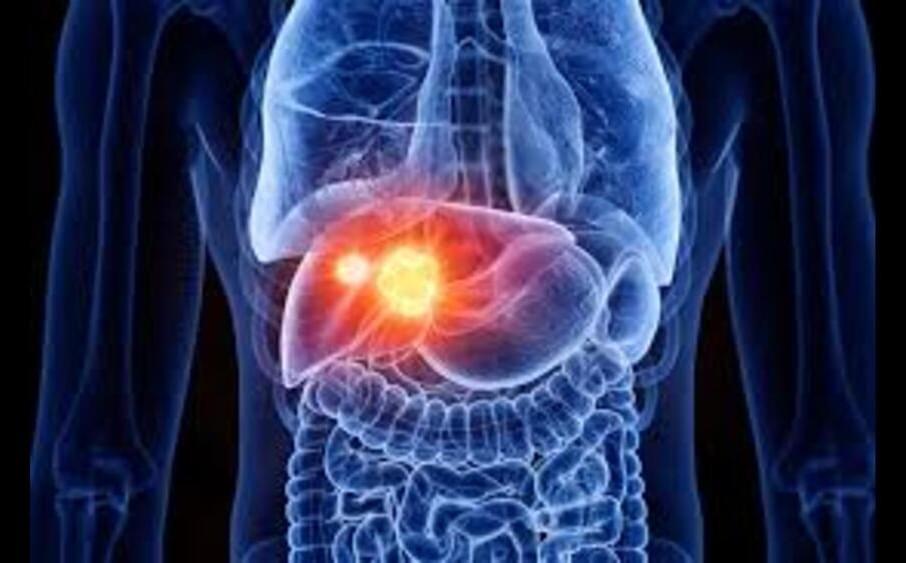
Personalized vaccine + immunotherapy cuts advanced liver cancer in small trial.
There were no serious adverse reactions. The most common was mild injection site reactions.
This Geneos treatment is a DNA vaccine that delivers the genetic code of mutated proteins into cells through a small electrical impulse. Each vaccine can target up to 40 mutated genes.
Niranjan Sardesai, the president of Geneos said that despite the small size of this study, their results are important for the advancement of the field. “Our mechanism confirms every step, from vaccination to tumor reduction, required to explain the immunological basis for the observed clinical responses,” he said in the statement.
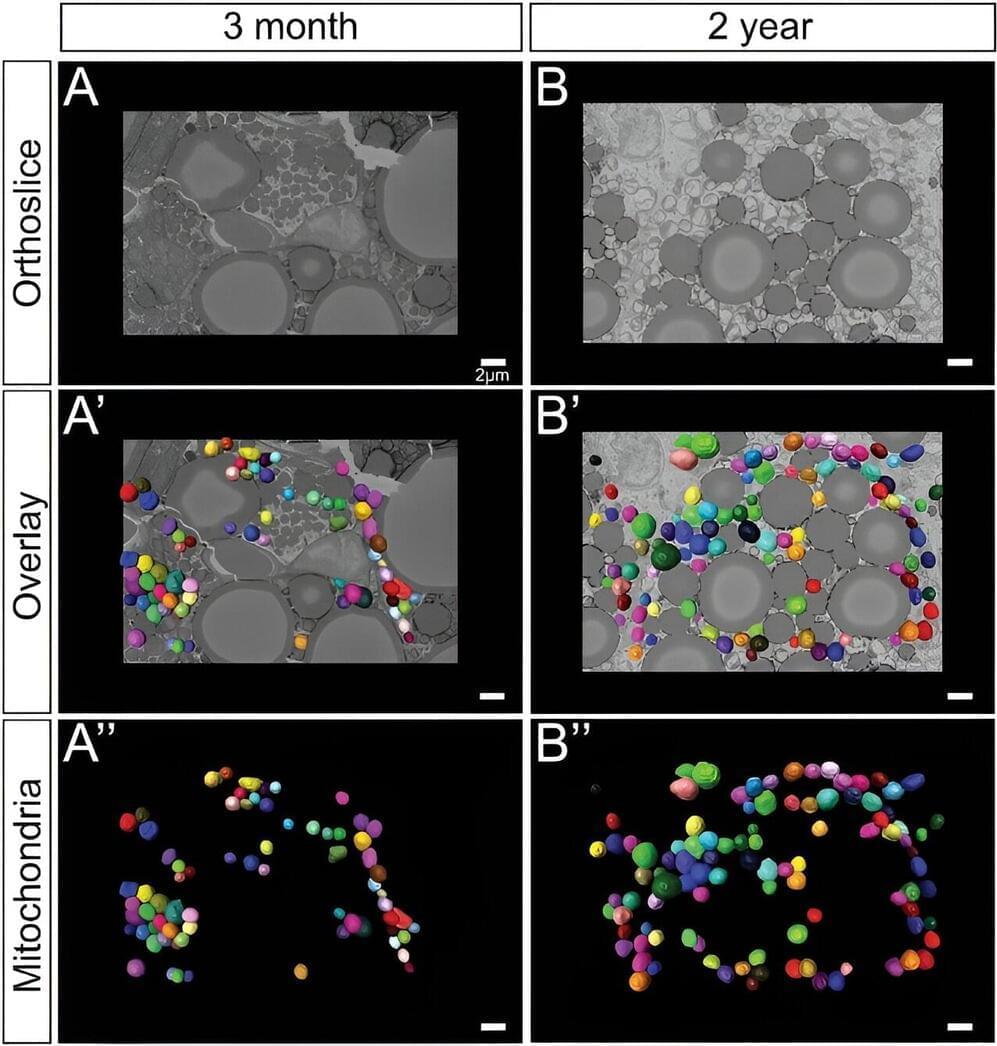
Mitochondria, organelles with an inner and outer membrane, are responsible for creating the energy that cells use to survive, and their morphology is key to accomplishing this task. The inner mitochondrial membrane contains folds, called cristae, that maximize the surface area available for mitochondrial energetic processes.